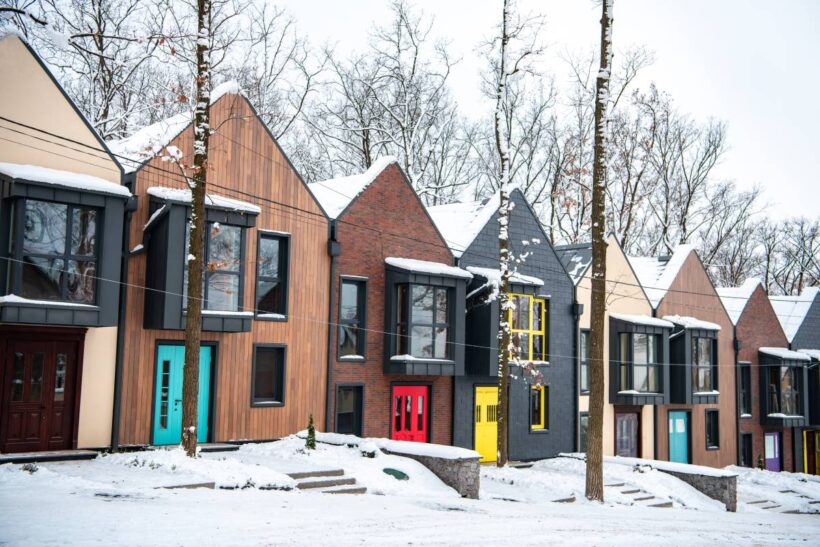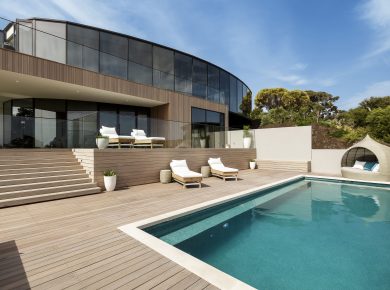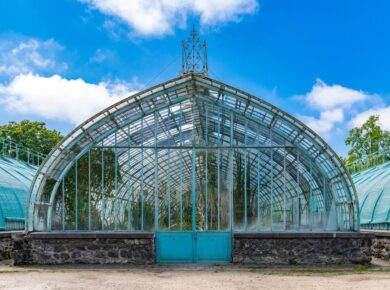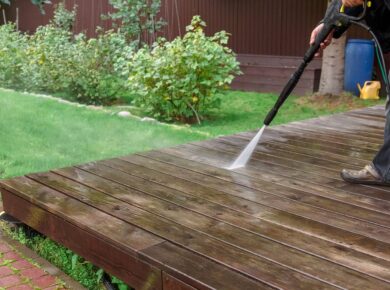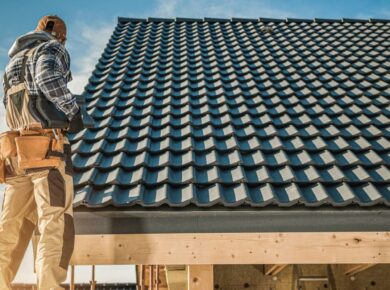When it’s time for a new roof, you’ve got various options to consider, like skillion or metal roofs. The best choice for your home depends on your personal style.
Most homeowners face the decision between a flat roof and a pitched roof. It can be tough to choose, so let’s break down the pros and cons of each.
Related article: What are outdoor blinds? Why use outdoor blinds? Are outdoor blinds waterproof?
What’s a Flat Roof?
A flat roof is a type of design where the roof is almost horizontal or has a very low slope. Unlike traditional pitched roofs, flat roofs have a slight slope for drainage but are generally flat. They’re commonly seen in commercial buildings, industrial facilities, and modern homes.
Materials used for flat roofs include built-up roofing, modified bitumen, single-ply membranes, and spray polyurethane foam (SPF).
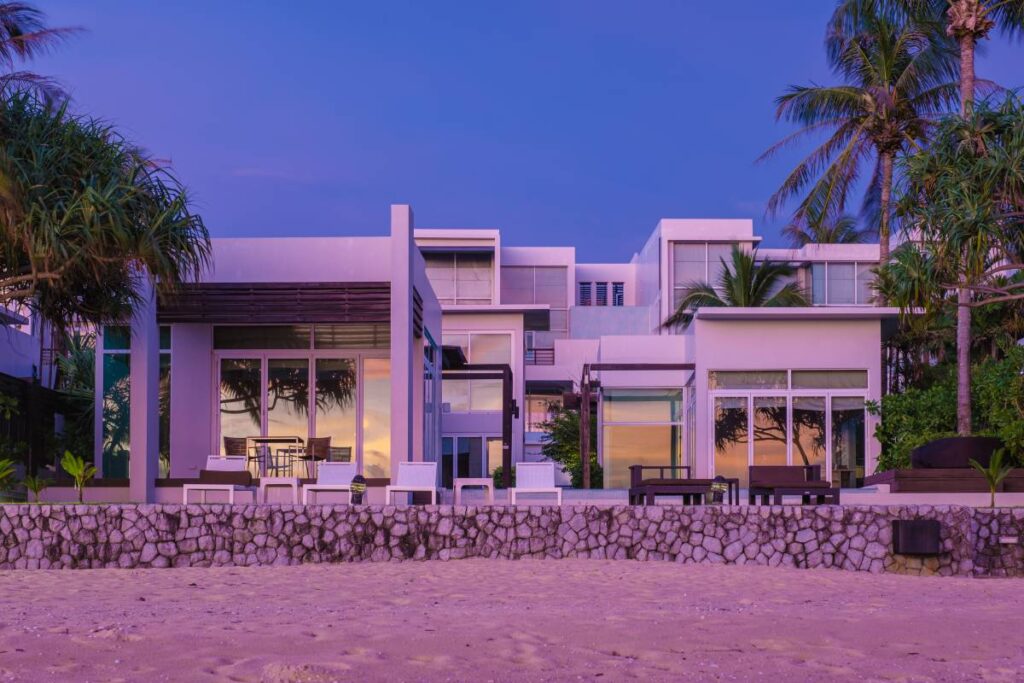
What Are the Benefits of Flat Roofs?
Opting for a flat roof design comes with several advantages, such as:
- Cost-Effective: Flat roofs typically need fewer materials and less labour for installation compared to traditional pitched roofs. This can result in lower upfront costs and reduced long-term maintenance expenses.
- Solar Panel Installation: Flat roofs are well-suited for installing solar panels, providing direct and easy access to sunlight. This enhances the energy efficiency and sustainability of your home.
- Modern Aesthetics: Flat roof houses boast a contemporary and sleek architectural appearance, setting them apart from traditional roof styles.
What Are the Disadvantages of a Flat Roof Design?
No roofing style is flawless. Consider these potential disadvantages of flat roofs:
- Lifespan: Flat roofs generally have a shorter lifespan than pitched roofs due to exposure to weather elements, UV radiation, and increased susceptibility to water damage.
- Insulation and Energy Efficiency: Flat roofs may offer poorer insulation, resulting in higher energy consumption for heating and cooling. Proper insulation is crucial for maintaining comfortable indoor temperatures and minimizing energy costs.
- Leaks and Water Damage: Insufficient drainage on flat roofs can lead to water pooling, raising the risk of leaks and structural damage to the building’s interior.
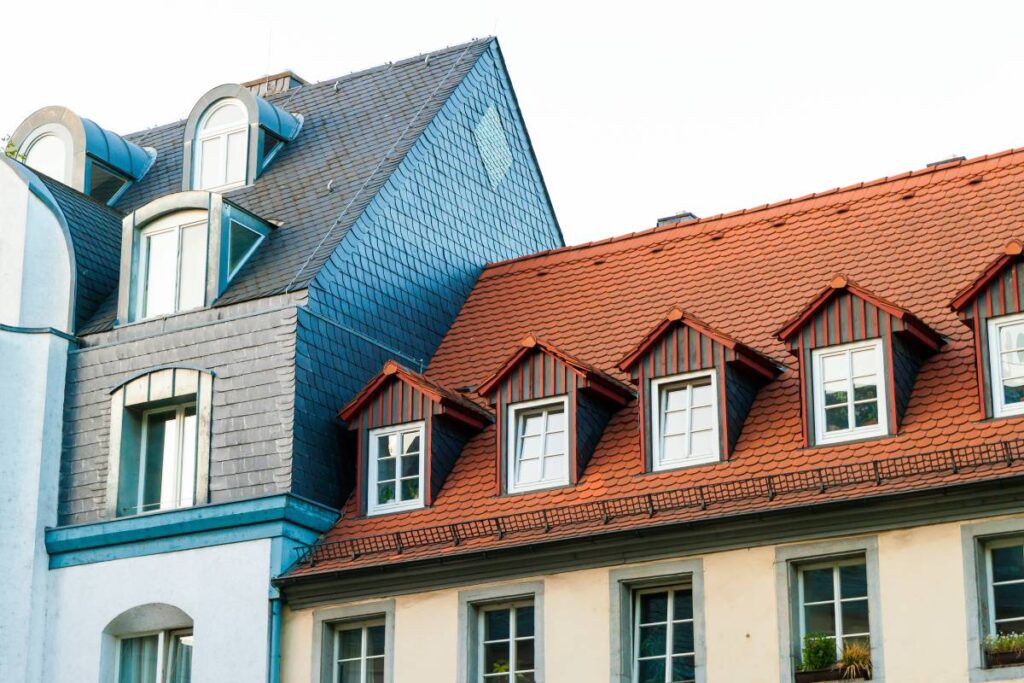
What Is a Pitched Roof?
A pitched roof is a type of roof design characterized by its steep incline, forming a triangular shape. In contrast to flat roofs with low slopes, pitched roofs have a steeper angle that facilitates the easy runoff of water, snow, and debris.
Pitched roofs are commonly constructed using materials like asphalt shingles, clay or concrete tiles, and wood shingles or shakes. This design also provides additional living space, thanks to the triangular shape creating extra room in the attic.
What Are the Benefits of a Pitched Roof?
Pitched roofs are prevalent in housing for good reasons. They not only offer more internal living space but also excel at insulating and protecting properties from adverse weather conditions.
Here are the main advantages of a pitched roof:
- Efficient Water Drainage: The steep slope allows rainwater, snow, and debris to swiftly runoff, reducing the risk of water pooling and leaks. This effective drainage contributes to the roof’s durability.
- Longer Roof Lifespan: With regular maintenance, pitched roofs generally have a longer lifespan compared to flat roofs. Reduced exposure to standing water and UV radiation helps prevent premature deterioration of roofing materials.
- Enhanced Insulation: Pitched roofs provide better insulation, promoting energy efficiency and improved temperature control inside the building. Proper insulation can lower heating and cooling costs, making the structure more energy-efficient.
What Are the Disadvantages of a Pitched Roof?
There are some concerns associated with a pitched roof style that may narrow your choices. These include:
- Aesthetics and Building Height: Local building regulations might impose restrictions on the height and style of pitched roofs, limiting the range of architectural possibilities.
- Roofing Material Considerations: Certain roofing materials may not be suitable for pitched roofs. Heavier materials like clay tiles or slate may necessitate additional structural support.
- Higher Construction Costs: Constructing pitched roofs involves more materials and labour compared to flat roofs. The added complexity of the roof design can lead to higher initial construction expenses.
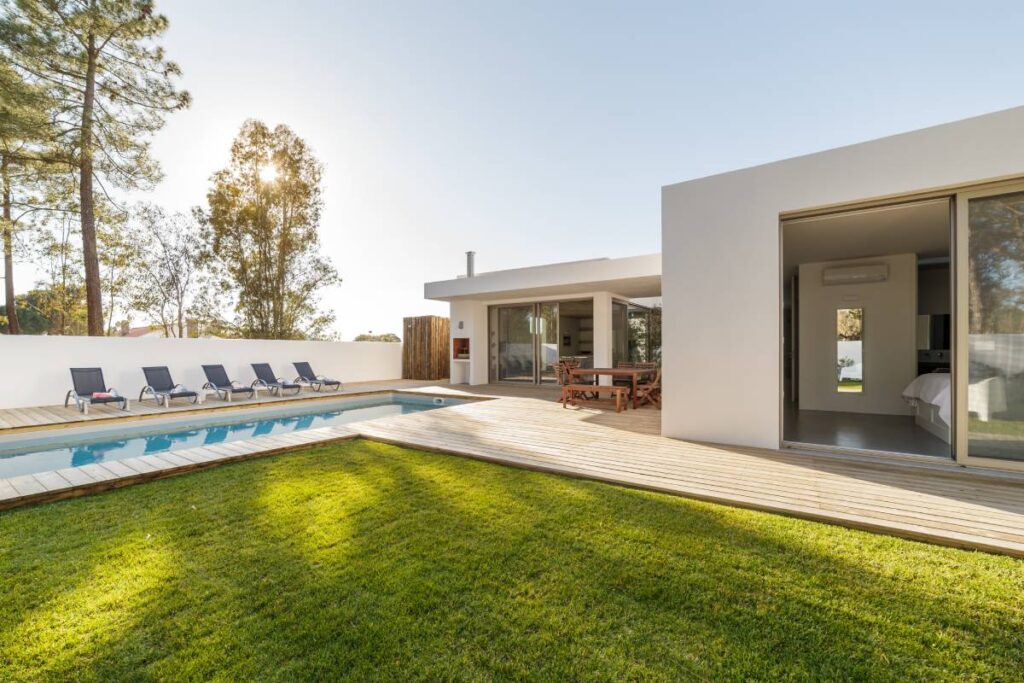
Flat Roof vs. Pitched Roof – Which One is Better for You?
The choice between a flat roof and a pitched roof depends on your personal preferences, your location, and your willingness to invest in roof maintenance.
Consider the following factors:
- Design:
- Flat roofs have a modern and contemporary look, providing a sleek and minimalist appearance with clean lines.
- Pitched roofs offer a traditional and classic feel, giving a timeless look. This style is often seen in cottages and Victorian homes, fitting well with older buildings.
- Cost:
- Generally, pitched roofs tend to be more expensive to construct than flat roofs. However, the overall cost difference depends on factors such as building size, roofing materials, design complexity, and local labour rates.
- It’s important to factor in long-term maintenance costs when comparing the two.
- Insulation:
- Pitched roofs typically excel in insulation due to their steep slope, allowing for thicker and more effective insulation materials with a higher R-value.
- Advances in roofing technologies can enhance ventilation and insulation for both flat and pitched roofs.
Final Thought
In the quest to choose between a flat roof and a pitched roof, it ultimately comes down to your personal preferences, the architectural style you desire, and your budget considerations. Each roof type has its own set of advantages and disadvantages, be it the modern and sleek appeal of a flat roof or the timeless charm and superior insulation of a pitched roof.
As you navigate this decision-making process, remember to take into account factors such as design aesthetics, overall costs (both initial construction and long-term maintenance), and insulation efficiency. Seeking input from experienced contractors or roofing professionals can provide valuable insights tailored to your specific project.
In the end, whether you opt for the clean lines of a flat roof or the comforting slope of a pitched roof, your choice should align with your vision for your home and its practical needs. Finding the right balance between style, functionality, and budget will lead you to the roofing solution that best suits your unique preferences and enhances the overall character of your home.
